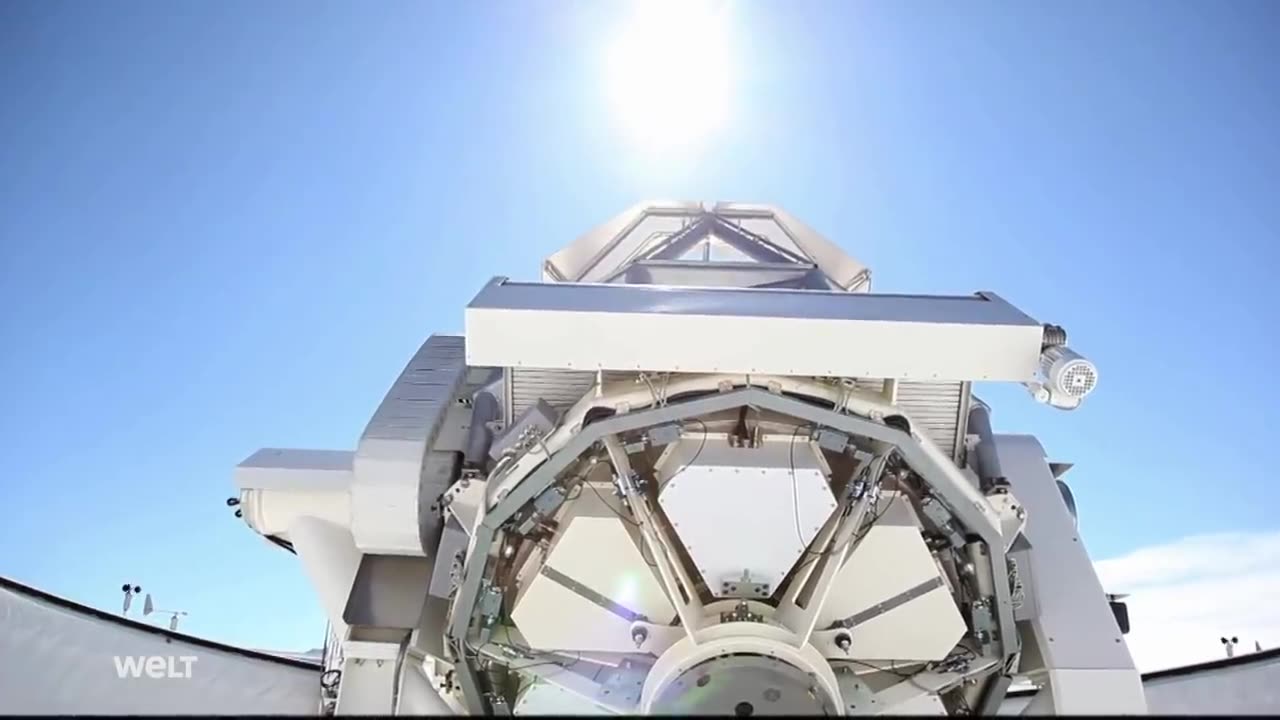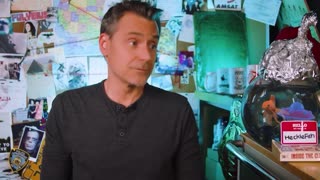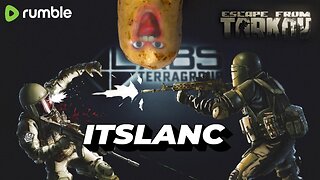Premium Only Content

THE SUN - Giver Of Life & Death Star | SPACETIME - SCIENCE SHOW
SPACETIME - SCIENCE SHOW: It is the source of all life on Earth. The sun determines time and climate. A huge nuclear reactor full of seemingly infinite energy. A star whose presence all can feel firsthand. And yet only one star among billions in our galaxy. But the lifespan of the sun is finite. Its death will mean our death. The end of all life forms. But before its demise, our sun will demonstrate all its mighty power.
The sun is at the end of its life cycle. Its diameter will expand and its luminosity will increase. The sun will swell into a red giant, swallowing the closest planet Mercury, and probably Venus and Earth as well. The Exodus of our solar system, as we know it. However, before that happens - life - as we know it, will be long gone. With the first initial expansion of the sun, the temperature on the surface of the earth will rise steadily. Our home planet will first turn into a desert planet. All higher life on earth scorched. In the end, the warming will be so great that the surface of the former "Blue Planet" will only consist of lava. But not only the high temperatures, even the changed UV spectrum of the sun will destroy every form of life on earth.
In the end, the sun will have used up all of its hydrogen. What remains is a huge shell of helium. Shockwaves go through the star and after several explosions the sun throws off its outer shell. What's left is a glowing core of oxygen, carbon and helium no bigger than Earth. The "red giant" has become a "white dwarf", which will cool down more and more. In the end, all that remains is a black, cold ball of slag and a planetary nebula from the remnants of the star's shell.
When will it happen? In five to seven billion years. But the end of humanity will take place much earlier. In about 900 million years, the average temperature of our earth will have risen from the current 15°C to 30°C degrees. This will mean the end of life as we know it.
The observation and research of the sun largely determines astrophysics. It forms the basis for understanding the structure of stars and the formation of planetary systems. Generations of people venerated or feared the sun. When the sun hid its face, it meant plague, death, and the end of the world.
Only after the astronomer Nicolaus Copernicus had placed the sun at the center of our solar system did scientific exploration of the central star begin. Astronomy experienced a boom.
In this episode Spacetime, Professor Ulrich Walter explains how stars and planetary systems are formed from ancient matter and supernova dust. How our sun came into being and how it works. Its construction and development over the billions of years of its lifetime. We study solar winds, eruptions and the black spots on our sun and what effects these phenomena have on our planet and life on Earth. We look at binary star systems and learn how light emerges. And Professor Walter shows us the end of the world: What happens when our sun dies?
About the documentary series SPACETIME
Take a look at the Earth from space: Prof. Dr. med. Ulrich Walter has fulfilled the dream of mankind. In 1993 he traveled to Earth orbit. For the science format "Spacetime", the astronaut once again sets off for the universe. In this reportage series, the physicist and professor of space technology presents current space travel trends and pioneering discoveries in space research.
The challenges of the dream call "Astronaut", the new race of the space nations to the moon or the discovery of further Earth-like exoplanets: In this documentary series, Ulrich Walter proves how lifelike science can be and what answers space travel offers to some of the fundamental questions of human existence.
In "Spacetime", the viewer learns about the visions that space research is currently pursuing and what insights will change our future forever.
-
 14:47
14:47
GritsGG
15 hours agoRumble Tournament Dubular! Rebirth Island Custom Tournament!
13.7K4 -
 LIVE
LIVE
Lofi Girl
2 years agoSynthwave Radio 🌌 - beats to chill/game to
312 watching -
 54:47
54:47
Side Scrollers Podcast
1 day agoSide Scroller Presents KING OF THE KART | MASSIVE MARIO KART TOURNAMENT
114K7 -
 2:39:02
2:39:02
The Pascal Show
16 hours ago $0.76 earned'HE'S THE DEVIL!' Former Mother In Law Breaks Silence On Jake Haro & Emmanuel Haro Case
6.35K1 -
 4:47:50
4:47:50
The Why Files
2 days agoCOMPILATION: UFOs and Aliens Vol.2 | They are NOT our friends
46.1K41 -
 5:30:10
5:30:10
SpartakusLIVE
11 hours ago#1 Verdansk Sniper gets HACCUSATIONS because of INSANE Headshots
51.5K4 -
 46:18
46:18
SB Mowing
2 days agoShe was LOSING HOPE but this SURPRISE CHANGED EVERYTHING
37K42 -
 10:00:10
10:00:10
ItsLancOfficial
10 hours agoWE LIVE 🔴WE LIVE 🔴 SUNDAY SUNDAYS!!!!!!! TARKOV
31.7K1 -
 4:09:32
4:09:32
EricJohnPizzaArtist
6 days agoAwesome Sauce PIZZA ART LIVE Ep. #59: Are You Ready for some FOOTBALL with GameOn!
35.7K7 -
 1:21:43
1:21:43
Jake Shields' Fight Back Podcast
16 hours agoJake Shields and Paul Miller!
69.5K125